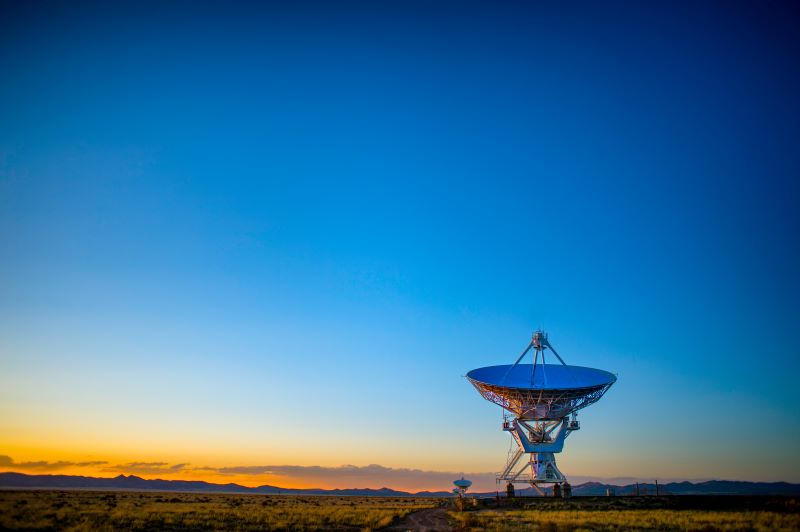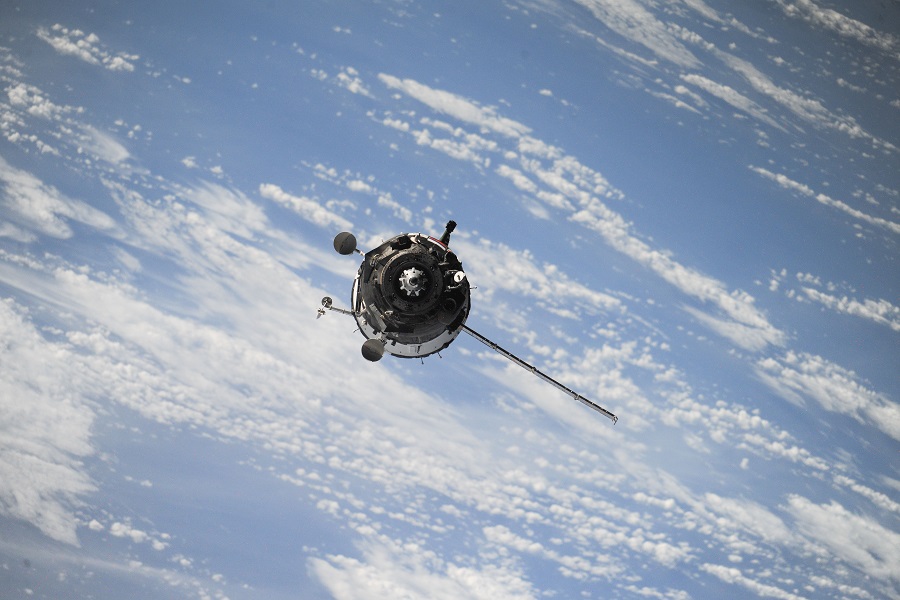Lockheed Martin completes design milestone for USSF SATCOM solution

On February 7, Lockheed Martin announced that it has now proven the readiness of its satellite design in support of the U.S. Space Force (USSF) Space Systems Command’s upcoming Mobile User Objective System (MUOS) Service Life Extension (SLE) program through successful execution of an Early Design Review (EDR). Future MUOS satellites planned as part of the program will be critical in continuing to provide crystal-clear, secure communications to military forces on the move.
Lockheed Martin is one of two companies selected to develop future MUOS satellite concepts under Phase 1 of the program, centered on early design activities and risk reduction.
“In less than the initial one-year base period of performance, our team went above and beyond to deliver not only a successful early design review – but one so robust that it passed the rigorous standards of a more advanced design assessment,” said Maria Hartin-Swart, program management director for Lockheed Martin’s MUOS SLE development efforts.
The company’s expertise derived from building and sustaining the existing MUOS constellation uniquely enables it to reduce risk by engineering for established complexities of the mission. Lockheed Martin’s commitment to leveraging digital technology and innovation also helps ensure MUOS can operate smoothly for years to come.
For its proposed MUOS satellites under the extension program, Lockheed Martin has called upon SEAKR Engineering, an industry leader in advanced electronics for space applications. Together the company and Lockheed Martin have designed a new MUOS payload processor – a centrally important electronics box on the spacecraft.
This new component uses state-of-the-art space technology to achieve an optimal balance of processing performance, resilience and resource utilization aboard the satellite.
Lockheed Martin’s next-generation MUOS payload processor also introduces a modern feature: it can be re-programmed once in space. The ability to reconfigure aspects of this critical payload will enable future MUOS satellites to evolve and meet emerging mission needs throughout their lives on orbit. Here on Earth, this processor recently completed a successful customer demonstration and achieved a Technology Readiness Level-6 designation – signifying it is ready to advance to production.
Source: Lockheed Martin
Stay in the know with breaking news from across the IC and IC contracting landscape by becoming a paid subscriber to IC News. Your support makes our work possible.








